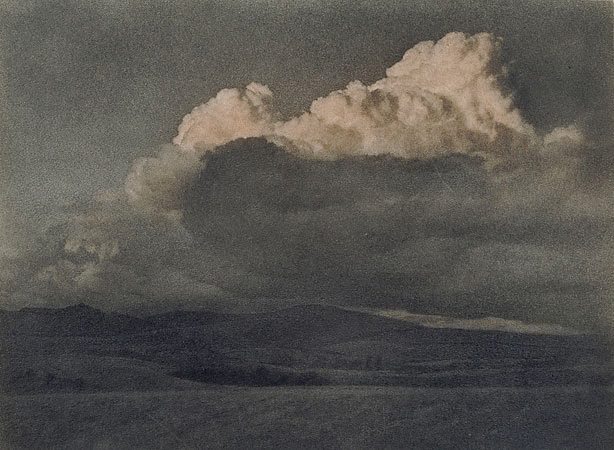Moffitt, Approaching Dusk, 1940
dusk (n.)
"partial darkness, state between light and darkness, twilight," 1620s, from an earlier adjective dusk, from Middle English dosc (c. 1200) "obscure, not bright; tending to darkness, shadowy," having more to do with color than light, which is of uncertain origin, not found in Old English. Middle English also had it as a verb, dusken "to become dark." The Middle English noun was dusknesse "darkness" (late 14c.).
Perhaps it is from a Northumbrian variant of Old English dox "dark-haired, dark from the absence of light," with transposition of -k- and -s-, (compare colloquial ax for ask). But OED notes that "few of our words in -sk are of OE origin." Old English dox is from PIE *dus-ko- "dark-colored" (source also of Swedish duska "be misty," Latin fuscus "dark," Sanskrit dhusarah "dust-colored;" also compare Old English dosan "chestnut-brown," Old Saxon dosan, Old High German tusin "pale yellow").
Scientific Definition
As with dawn, scientists define dusk as specific moments in time based on the solar elevation angle, which is the position of the Sun in relation to the horizon. There are 3 stages of dusk, each marking the end of 1 of the 3 phases of evening twilight:
Civil dusk – the geometric center of the Sun's disk is 6 degrees below the horizon.
Nautical dusk – the geometric center of the Sun's disk is 12 degrees below the horizon.
Astronomical dusk – the geometric center of the Sun's disk is 18 degrees below the horizon.
Sun Graph is HERE.










































































































































































No comments:
Post a Comment